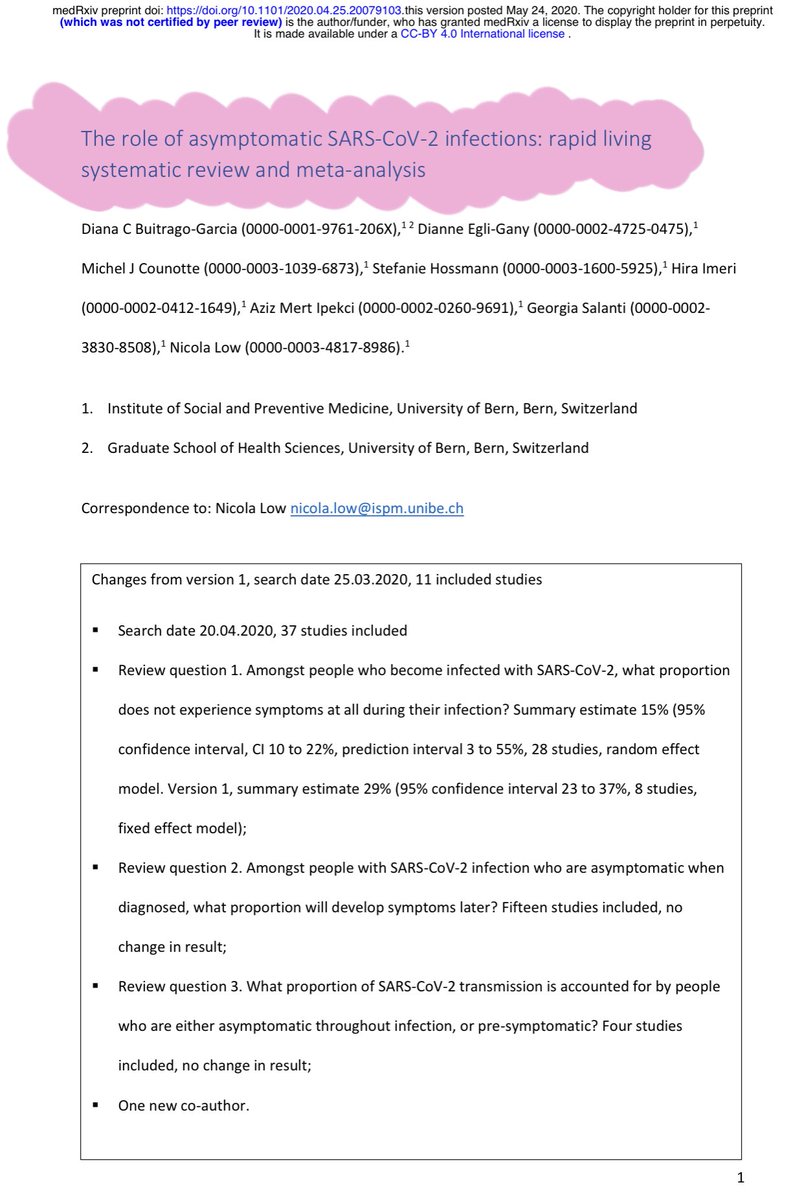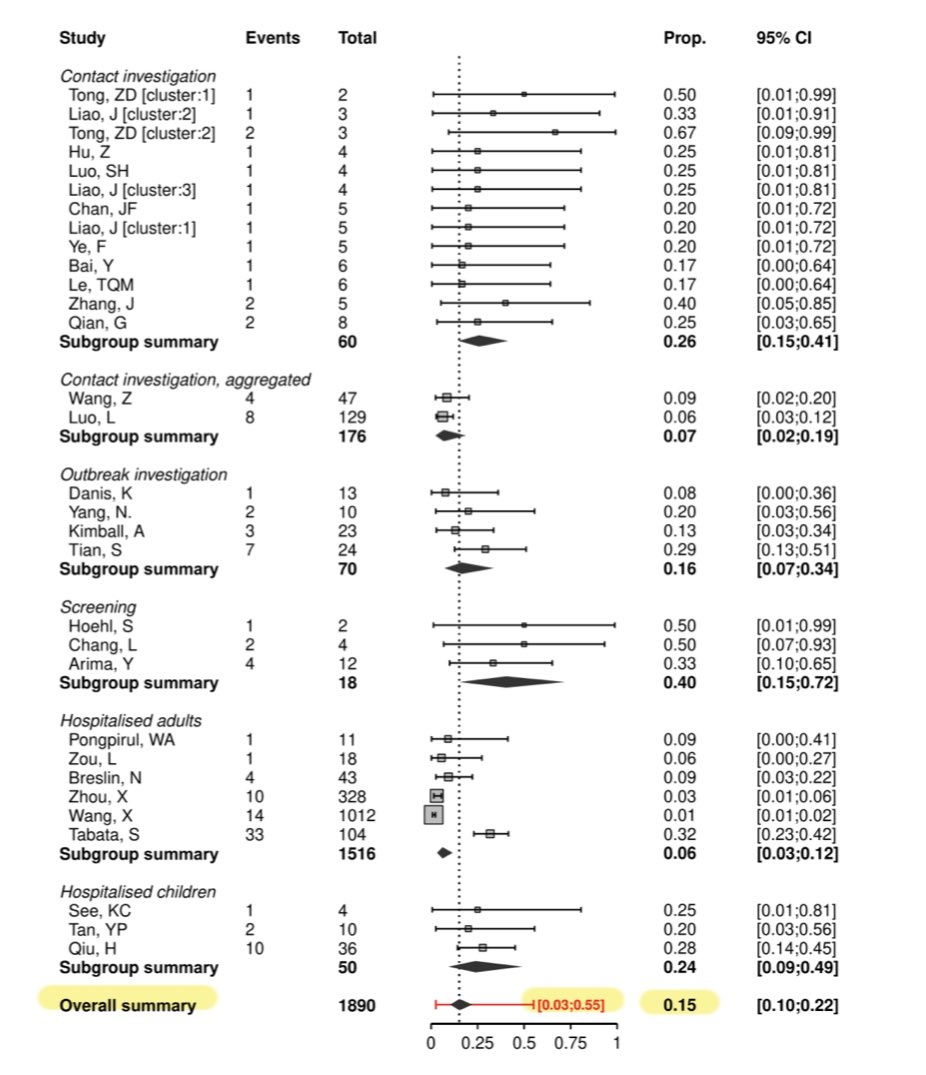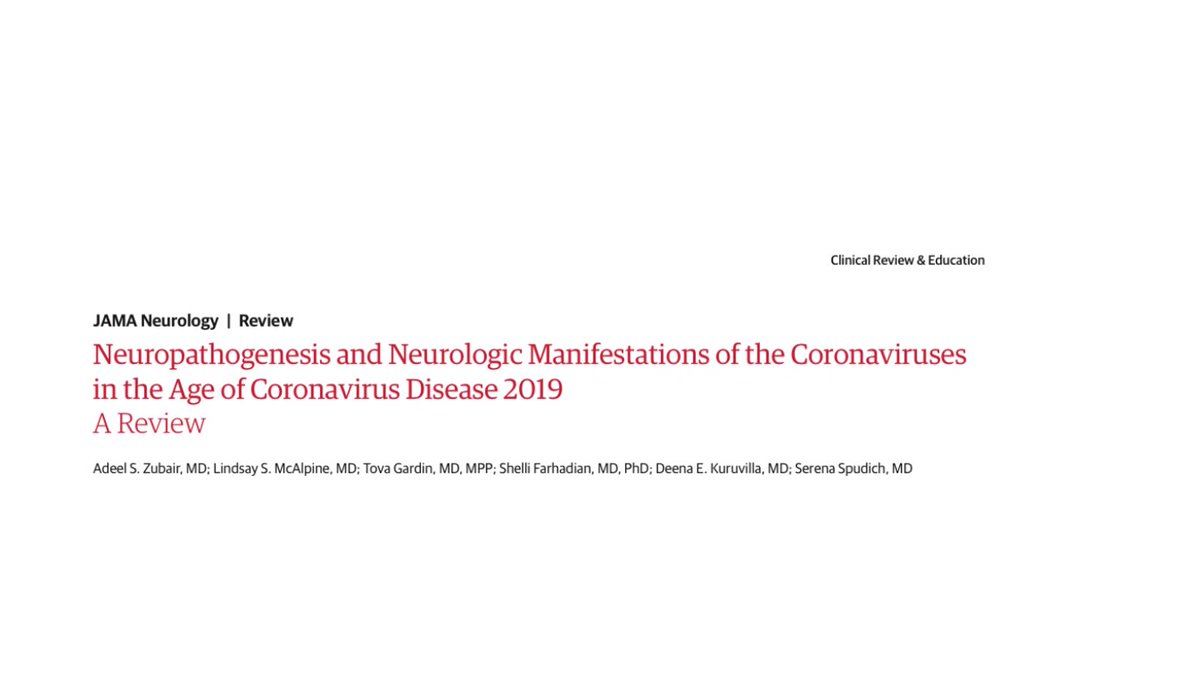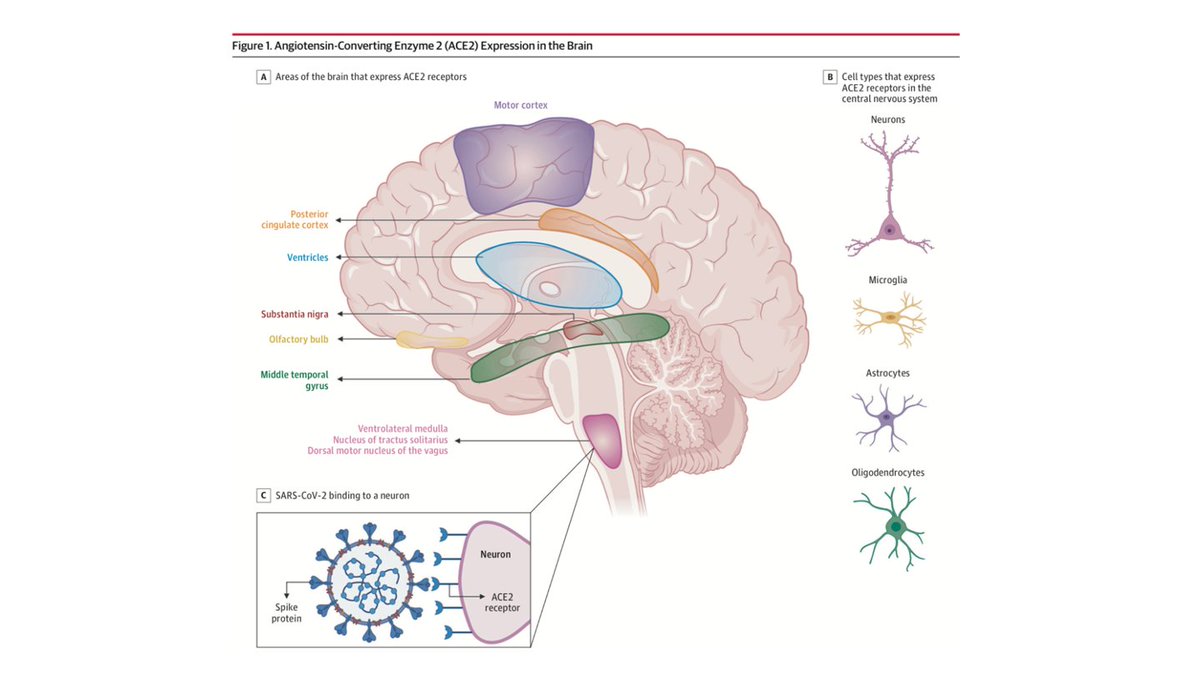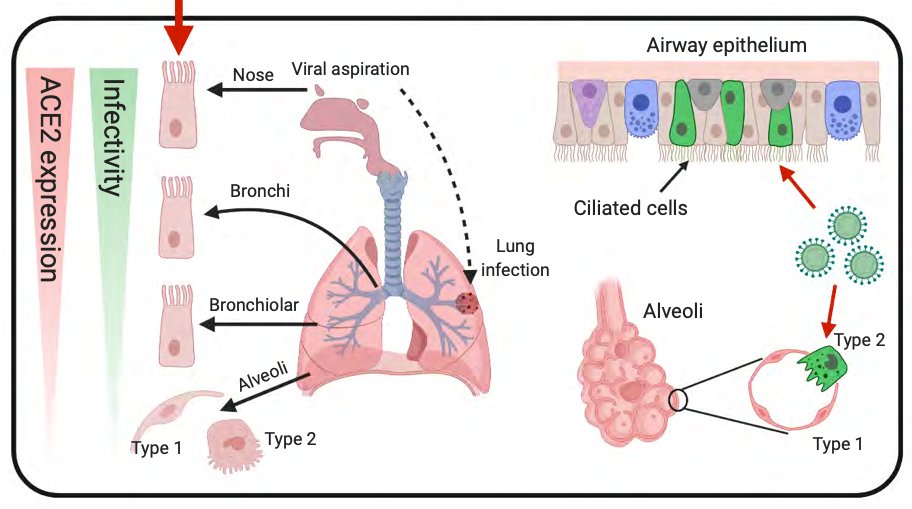
Nr 1 REASON Why most teams fail as they scale from a small group of 3-5 to a large company of >50 employees.
Secret from inside Amazon 🤫
THREAD (1/10)
Via @cbryar's book "Working Backwars" amazon.de/Working-Backwa… #Communication #Teams #Collaboration
Secret from inside Amazon 🤫
THREAD (1/10)
Via @cbryar's book "Working Backwars" amazon.de/Working-Backwa… #Communication #Teams #Collaboration
(2/10) Large projects often have many dependencies
Managing dependencies btw teams requires coordination.
Coordination requires meetings, emails and other forms of communication.
Most organizations spend too much time coordinating and not enough time building.
Managing dependencies btw teams requires coordination.
Coordination requires meetings, emails and other forms of communication.
Most organizations spend too much time coordinating and not enough time building.
(3/10) While the growth in employees (nodes in a network) is linear, the number of their possible lines of communication grows exponentially.
Potential connections in a network can be calculated as follows. source: the-vital-edge.com/what-is-networ…

Potential connections in a network can be calculated as follows. source: the-vital-edge.com/what-is-networ…


(4/10) So in a team that grows from 3 to 50 employees the growth in possible connections (ie lines of communication) looks like this. 

(5/10) Teams often report that work dynamics change as the number of team members grow beyond certain numbers.
That's because the number of possible connections grows disproportionately compared to the number of members.
That's because the number of possible connections grows disproportionately compared to the number of members.
(6/10) Eg when a team grows to > 15 people, the potential connections exceed 100. At 15 team members, there are 7 times as many potential lines of communication as team members. When there were 3 members, there were just as many connections as members 

(7/10) By the time the team reaches 50 members, there are 1225 possible lines of communication. So the most important problem in fast-growing companies is: the ever-expanding cost of coordination among teams.
(8/10) The best solution to this problem (and the solution taken by Amazon): Don't try to optimize communication, it's a losing battle. Instead, try to create small, agile teams that can be effective independently.
(9/10) When a team is tasked with solving a particular problem and is judged by their solution, they should expect to have the tools and authority to complete the job.
(10/10) If you want your company to be a place where builders can build, you need to eliminate communication, not encourage it. When you view effective communication across groups as a "defect," the solutions to your problems start to look quite different from traditional ones.
@threadreaderapp unroll
• • •
Missing some Tweet in this thread? You can try to
force a refresh

